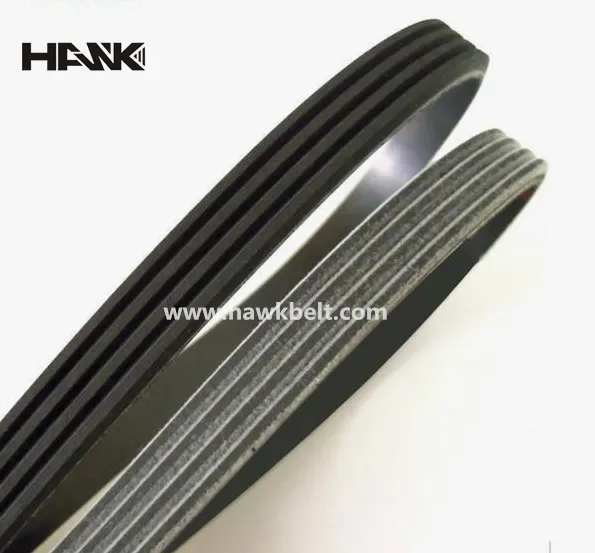- Arabic
- French
- Russian
- Spanish
- Portuguese
- Turkish
- Armenian
- English
- Albanian
- Amharic
- Azerbaijani
- Basque
- Belarusian
- Bengali
- Bosnian
- Bulgarian
- Catalan
- Cebuano
- Corsican
- Croatian
- Czech
- Danish
- Dutch
- Afrikaans
- Esperanto
- Estonian
- Finnish
- Frisian
- Galician
- Georgian
- German
- Greek
- Gujarati
- Haitian Creole
- hausa
- hawaiian
- Hebrew
- Hindi
- Miao
- Hungarian
- Icelandic
- igbo
- Indonesian
- irish
- Italian
- Japanese
- Javanese
- Kannada
- kazakh
- Khmer
- Rwandese
- Korean
- Kurdish
- Kyrgyz
- Lao
- Latin
- Latvian
- Lithuanian
- Luxembourgish
- Macedonian
- Malgashi
- Malay
- Malayalam
- Maltese
- Maori
- Marathi
- Mongolian
- Myanmar
- Nepali
- Norwegian
- Norwegian
- Occitan
- Pashto
- Persian
- Polish
- Punjabi
- Romanian
- Samoan
- Scottish Gaelic
- Serbian
- Sesotho
- Shona
- Sindhi
- Sinhala
- Slovak
- Slovenian
- Somali
- Sundanese
- Swahili
- Swedish
- Tagalog
- Tajik
- Tamil
- Tatar
- Telugu
- Thai
- Turkmen
- Ukrainian
- Urdu
- Uighur
- Uzbek
- Vietnamese
- Welsh
- Bantu
- Yiddish
- Yoruba
- Zulu
Oct . 14, 2024 12:04 Back to list
Understanding Drive Belts and Timing Belts in Automotive Applications
Understanding Drive Belts and Timing Belts Functions and Differences
Drive belts and timing belts are essential components in the automotive world, playing crucial roles in the operation of engines and machinery. Although they may seem similar at first glance, each type of belt has its own specific function, design, and applications. In this article, we will explore both drive belts and timing belts to understand their roles in vehicular systems, their differences, and factors to consider for maintenance and replacement.
The Role of Drive Belts
Drive belts, also known as serpentine belts, are continuous loops of rubber or reinforced fabric that transmit power from the engine’s crankshaft to various peripheral devices. These devices typically include the alternator, power steering pump, water pump, and air conditioning compressor. The drive belt operates by transferring rotational energy, helping these components function effectively.
One of the key features of drive belts is their ability to connect multiple accessories in a single belt system. This design not only reduces the weight of the engine by eliminating the need for multiple belts but also increases energy efficiency. A well-maintained drive belt can enhance a vehicle's overall performance, providing reliable operation of essential systems that support the engine.
Understanding Timing Belts
Timing belts, on the other hand, serve a more critical function in the engine’s operation. These belts are designed to synchronize the rotation of the crankshaft and camshaft(s), ensuring that the engine’s valves open and close at the proper times during each cylinder's intake and exhaust phases. This synchronization is essential for the engine to run smoothly and efficiently. Without a functional timing belt, an engine can suffer from misalignment, leading to severe mechanical failures.
Timing belts are typically made from a durable composite material, reinforced with fibers to withstand high levels of tension and temperature. Most timing belts have specially designed teeth that grip the gears on the crankshaft and camshaft, providing an accurate and slip-free connection. This precision is vital, as any errors in timing can result in the pistons colliding with the valves, causing catastrophic damage to the engine.
drive belt and timing belt

Key Differences Between Drive Belts and Timing Belts
While both drive belts and timing belts are critical for engine performance, several key differences set them apart
1. Functionality Drive belts power various engine accessories, while timing belts synchronize the engine's internal components.
2. Construction Drive belts are generally wider and flexibly designed to accommodate multiple pulleys. In contrast, timing belts are narrower, featuring teeth that allow for precise movement and synchronization.
3. Wear and Tear Drive belts are subject to friction and wear from constantly changing loads and environmental conditions. Timing belts, while also subject to wear, usually have specific service intervals and should be replaced to prevent engine damage.
4. Maintenance Drive belts often need regular inspections and may be replaced as part of routine maintenance. Timing belts, however, usually have recommended replacement intervals (typically between 60,000 to 100,000 miles) and should be replaced proactively to avoid engine failure.
Conclusion
In summary, drive belts and timing belts are indispensable components of modern vehicles, each serving unique and vital roles in the engine and its associated systems. Understanding their functions and differences can equip vehicle owners with the knowledge needed to ensure proper maintenance and timely replacements. Regular inspections and adherence to manufacturer recommendations for belt replacement can help prevent costly repairs and keep vehicles running smoothly for years to come.
-
Korean Auto Parts Timing Belt 24312-37500 For Hyundai/Kia
NewsMar.07,2025
-
7PK2300 90916-T2024 RIBBED BELT POLY V BELT PK BELT
NewsMar.07,2025
-
Chinese Auto Belt Factory 310-2M-22 For BMW/Mercedes-Benz
NewsMar.07,2025
-
Chinese Auto Belt Factory 310-2M-22 For BMW/Mercedes-Benz
NewsMar.07,2025
-
90916-02660 PK Belt 6PK1680 For Toyota
NewsMar.07,2025
-
drive belt serpentine belt
NewsMar.07,2025

